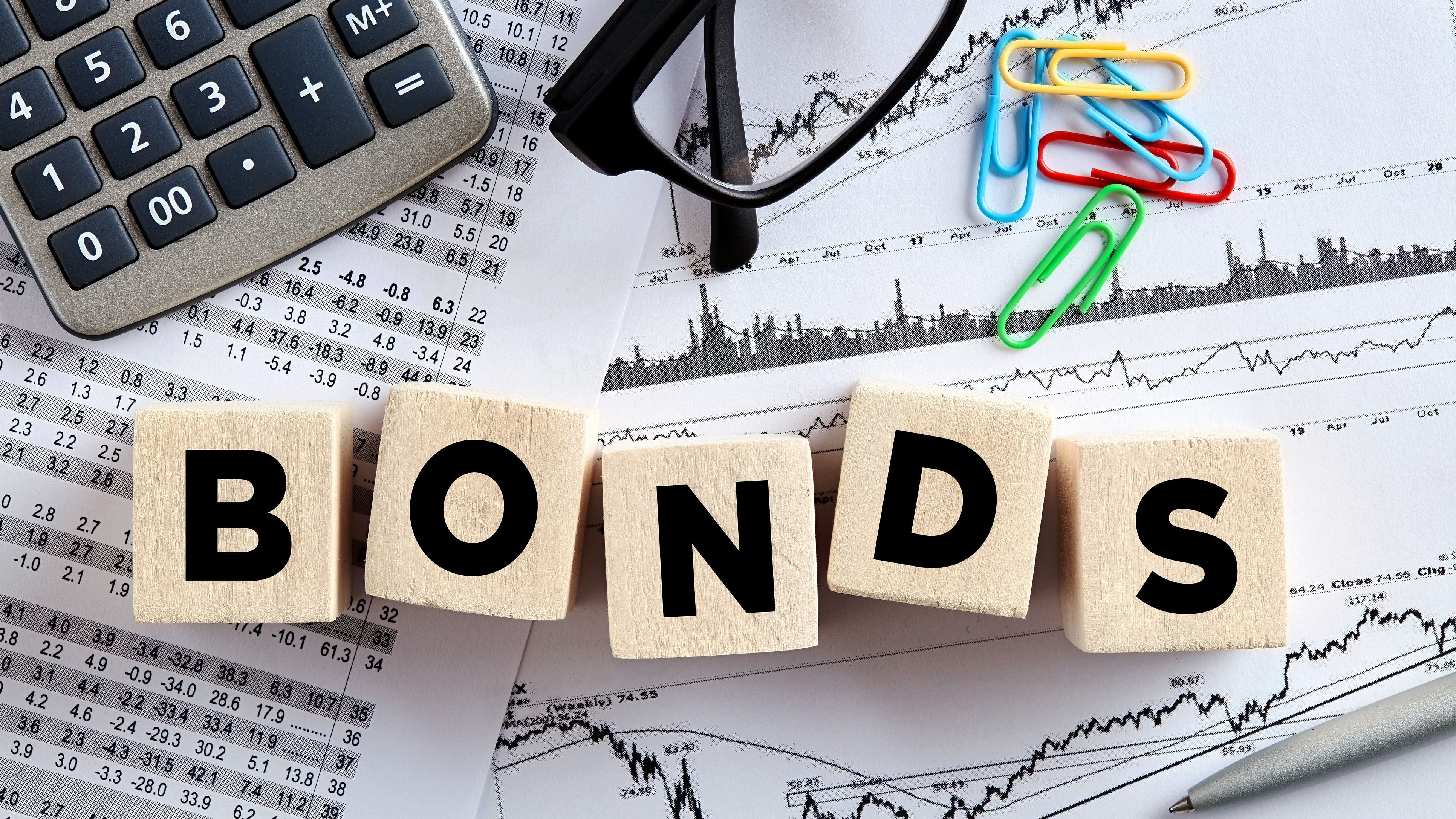
Image for representation only.
Credit: iStock Photo
By Paul Krugman
Do you remember the economy of the late 1990s? Or if you're too young to remember it -- I hope that's true for at least some of my readers -- what have you heard about it?
You probably remember it as a time of prosperity -- low unemployment and rapid economic growth combined with low inflation -- marred by irrational exuberance in the stock market. Pets.com anyone?
What you might not realize is how closely the economy of early 2024 resembles that of the late Clinton years. People might not be feeling the prosperity -- or at least they say they aren't feeling it, because there's a huge gap between Americans' positive assessment of their personal financial situation and their negative assessments of the economy. But by the numbers, things look pretty good. Notably, unemployment is actually a bit lower now than it was at the end of the roaring '90s.
What about inflation?
We did have a serious bout of inflation in 2021 and 2022, but it has come way down since then. True, the past few inflation reports have been disappointing, but for the most part that probably reflects statistical noise. The Federal Reserve Bank of New York has a measure of underlying inflation that tries to filter out the noise; I like this measure in part because it's an algorithm untouched by human hands and therefore leaves no room for motivated reasoning. And what this measure says is that underlying inflation is still a bit above the Federal Reserve's 2 per cent target, but not by much.
Still, what about interest rates?
Many would-be homebuyers, in particular, are feeling frustrated by high mortgage rates. Isn't that a big difference from the way things were in the late '90s?
Surprisingly, the answer is no. People remember that stocks were high back then; they tend to forget that interest rates were also very high. Indeed, mortgage rates were even higher than they are now.
And that comparison has me wondering whether high interest rates might last a lot longer than many people, including me, have been predicting.
Until recently I thought high interest rates were a temporary phenomenon, mainly caused by the Fed's efforts to bring inflation down with rate hikes. Once the Fed had won that battle -- which it mostly has -- I expected a return to the low-rate environment that prevailed before Covid struck. But maybe, just maybe, we're returning instead to the high-rate environment of the late 1990s.
Why were interest rates so high circa 1999?
Supply and demand. America's population, especially the number of residents in their prime working years, was still growing rapidly, creating a need for large investments in everything from housing to office buildings to shopping malls.
There was also a boom in business investment; the silliness of the dot-coms is what we remember, but from a macroeconomic point of view, surging investment in telecommunications -- think installation of fiber-optic cables -- was a much more important driver of the economy.
These forces created strong demand for investable funds, and while Fed decisions drive interest rates in the short run, over the longer run the supply of and demand for savings are what matter.
And until recently it didn't seem likely that the conditions that kept interest rates high a generation ago would reemerge. The working-age population seemed set to stagnate or even shrink, given low fertility and the aging of the baby boomers. Technology continued to advance, but smartphones and video games didn't seem to be generating a lot of business investment.
Then, suddenly, things seem to have changed.
Weak demography was a key part of the argument for low interest rates before the pandemic. Fertility is still low and falling, but the United States is now experiencing a surge in immigration that will transform the demographic outlook if it continues.
Investment demand is also stronger than expected. Residential investment has held up far better than one might have expected given high interest rates, possibly because the rise of working from home has led to a demand for more homes to work from.
Some forms of business investment have also been soaring, and not necessarily the ones you might think. Artificial intelligence "has the potential to significantly impact macroeconomic factors," according to, yes, Chat GPT. (I personally avoid using "impact" as a verb.) But you don't see it in the numbers, at least so far.
What we do see is a huge surge in manufacturing investment, primarily driven by the Biden administration's climate policies.
So maybe we really are seeing a return to something like the economic conditions of the late 1990s -- both the good, in the form of low unemployment and (maybe) strong productivity growth, and the not so good, in the form of persistently high interest rates.
I, for one, didn't see this coming, and as far as I know, nobody did. But as the bumper stickers don't quite say, stuff happens.